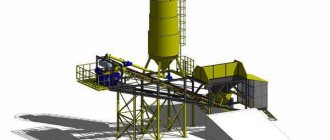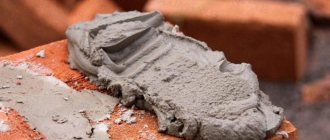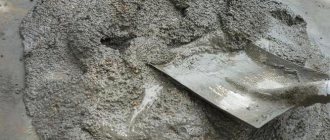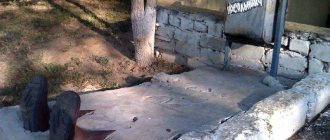To better understand the properties of cement, we suggest understanding its composition and finding out what and how this universal building material is made from.
Let's start with a definition. Dictionaries tell us that the name of this substance comes from the Latin word "caementium", which means "broken stone." In ancient Rome, cement was obtained by crushing and grinding small fragments of rock, hence its name. The powder was then mixed with slaked lime and used to hold the masonry together. How does modern building material differ from that which was once used for aqueducts and piers?
Cement is a hydraulic binder of mineral origin. Such a complex definition actually means a few simple things. Firstly, mineral raw materials, that is, rocks, are used to prepare cement. Secondly, it is able to harden under water and not dissolve after hardening, unlike other mineral compounds (for example, gypsum). Thirdly, the exceptional viscosity of cement makes it possible to produce various mortars with high strength based on it. What is cement made of?
RECOMMENDED ON THE TOPIC
- What is white cement:...
- How to make cement at home
Its components:
- clinker (an alloy of limestone and clay);
- mineral supplements;
- gypsum.
We will consider each ingredient in detail to understand what role it plays in the finished mixture.
Chemical composition of cement
So, we know what cement consists of, but how are different types of this building material obtained? The fact is that the properties of cement varieties depend on the proportions of the listed components, as well as on various mineral additives that affect its chemical composition.
For example, let’s look at the components of Portland cement, which is most in demand in the construction industry:
- CaO is the formula of calcium oxide, better known to us as quicklime - its minimum proportion in cement is 62%;
- SiO2 – silicon dioxide or silica – no less than 20%;
- Al2O3 – aluminum oxide or alumina – not less than 4%;
- Fe2O3 - iron oxide, magnetic iron ore - 2%;
- MgO - magnesium oxide or burnt magnesia - 1%.
The remaining percentage is additional additives that are added to the cement composition to achieve the required characteristics.
Thus, it is not possible to derive the exact chemical formula of cement, because there are different varieties and brands of this material, which differ from each other in composition. Therefore, more important information about the cement mixture is the list of minerals that are included there.
Now let's return to the main components of cement and consider them in more detail:
Clinker is the main ingredient in the production of any cement. This is a mixture of limestone and clay, taken in a 3:1 ratio. It is this ratio that gives the required strength to the finished material. The raw material is heated at temperatures of almost 15,000 until it begins to melt and form individual particles. The diameter of these granules is from 1 to 6 cm. They contain about 5% alumina and 3% iron oxide. Clinker particles are crushed into fine dust for further processing;
Gypsum is a component that affects the hardening rate of cement, as well as its strength and shrinkage. The maximum gypsum content in the cement mixture is 6%.
Additional substances used to produce different grades and modifications of cement.
Among the mixtures, several of the most famous and in demand in various fields of construction can be identified.
Portland cement
This is clinker-based cement with the addition of calcium silicates and other substances. Used for the production of concrete and reinforced concrete of different hardening rates.
Sulfate resistant
The main characteristic of this type is resistance to acids, salts, and other chemical compounds. For example, piles for various buildings can be cast from concrete based on sulfate-resistant cement. They will not be destroyed by groundwater or aggressive soil elements. Bridges, pumping stations, septic tanks, and water intake structures are also built using sulfate-resistant mixtures.











